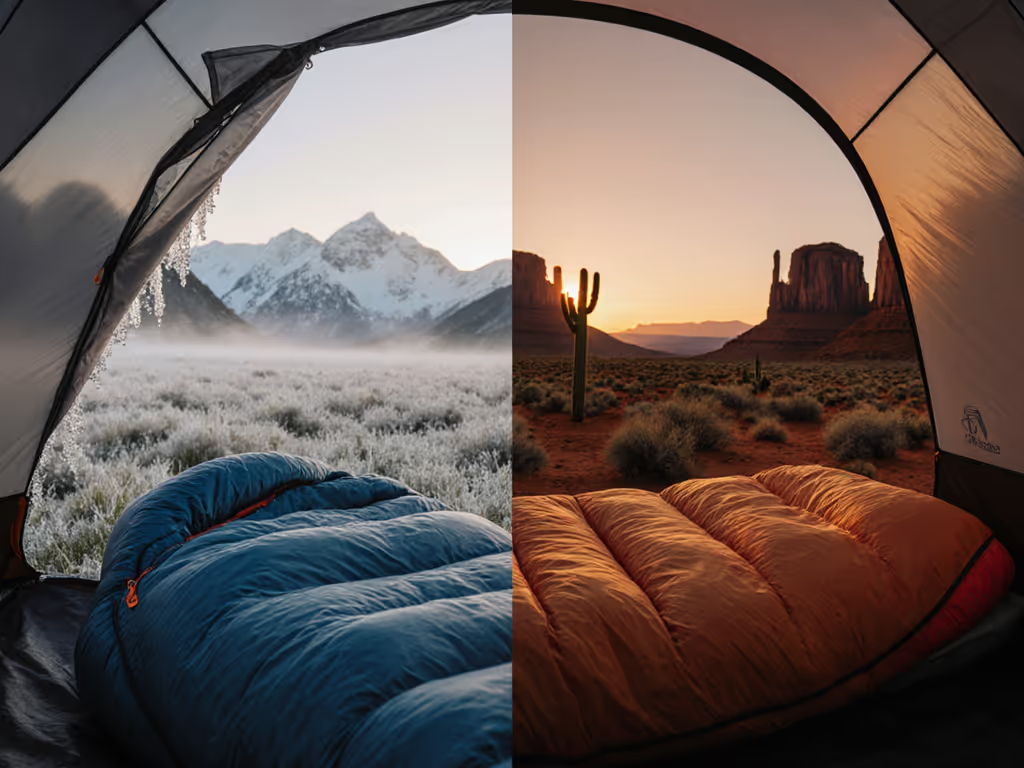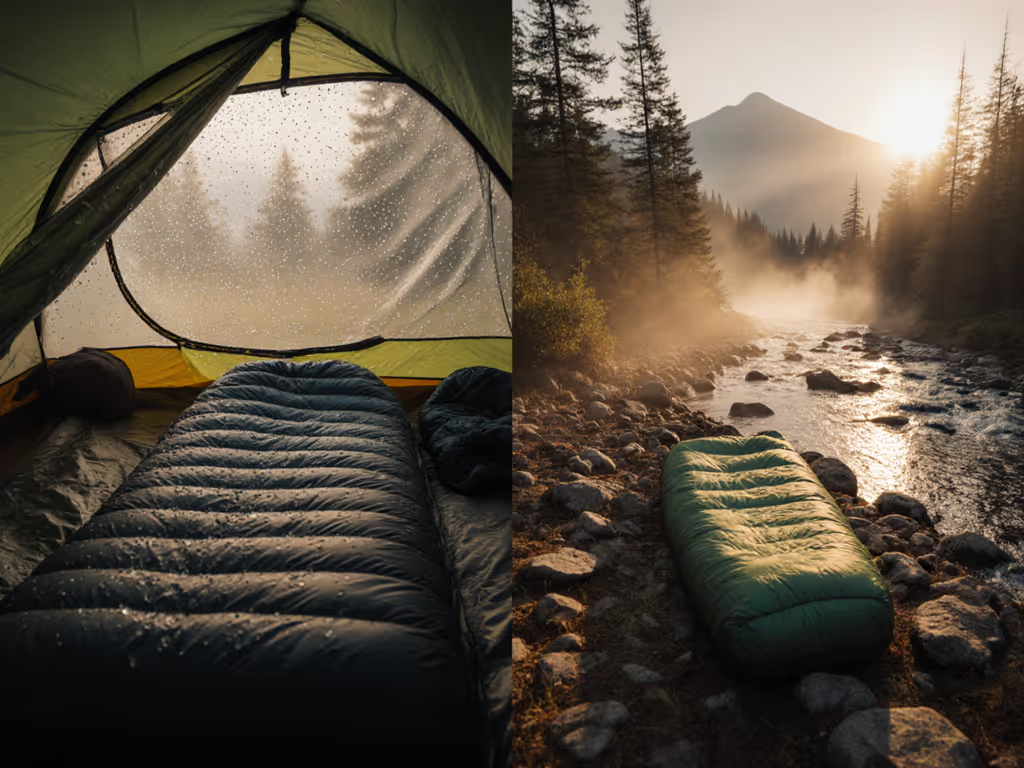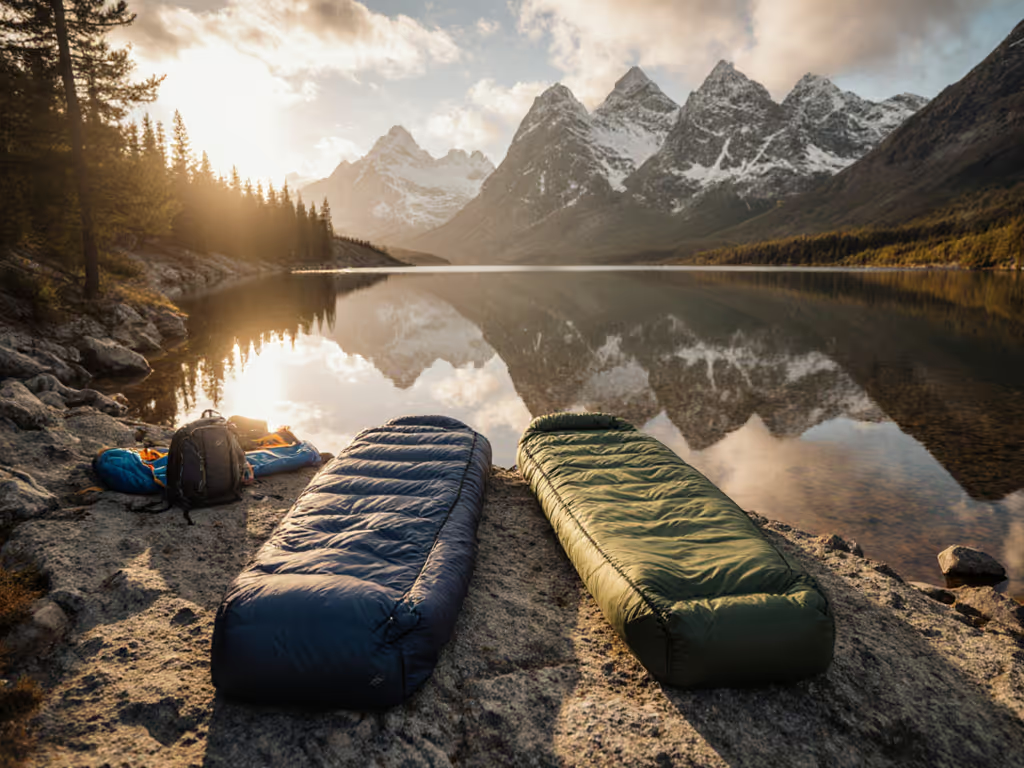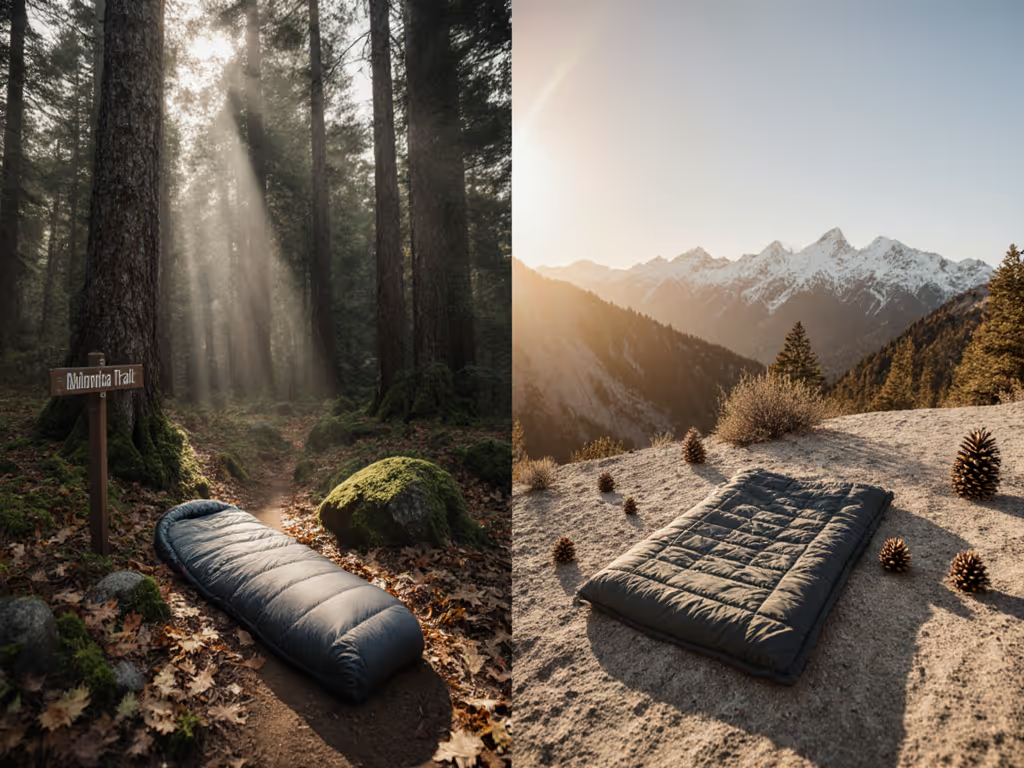
Big Agnes System Bags vs Traditional: Cut Weight, Keep Warmth
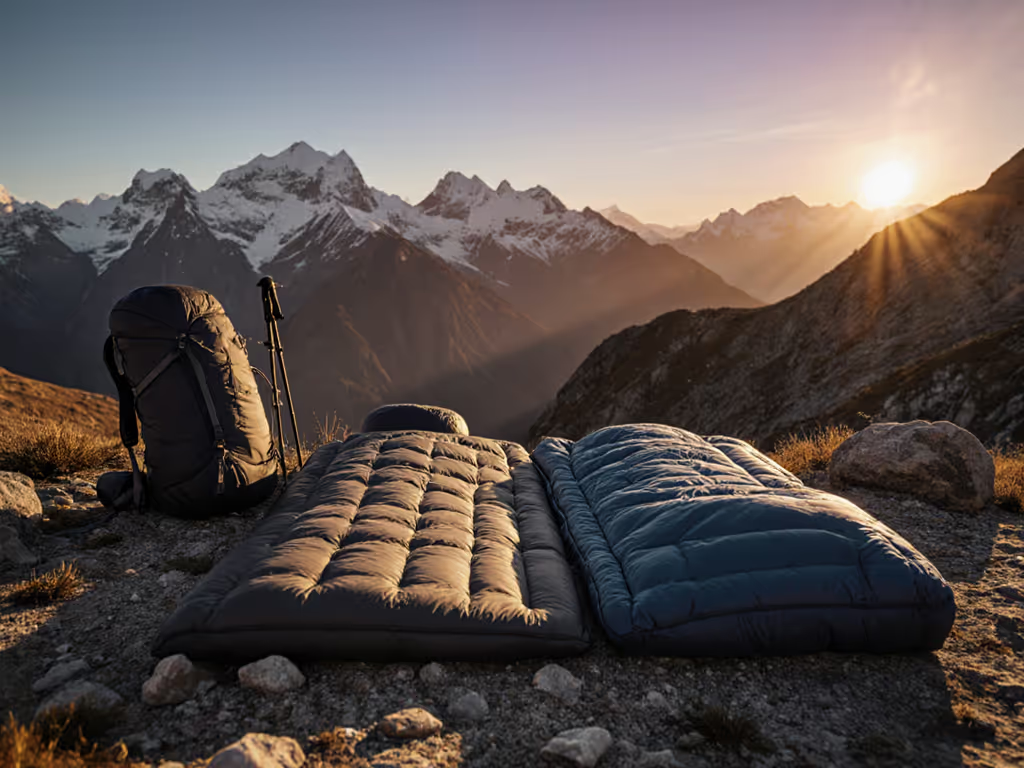
I once chased a bargain bag on a shoulder-season desert loop and paid with a long, shaking dawn. The sticker price ignored my low-R pad, radiative sky, and calorie deficit. Rebalancing budget toward pad and fit, then buying used where smart, turned cheap into reliable sleep. Big Agnes System Bags vs traditional setups cut to the heart of this lesson: sleeping bag pad integration isn't just marketing (it's physics you feel in your bones). Forget lowest price; value is reliability per dollar over seasons. When your warmth hinges on one silent failure point, price-to-warmth matters, but failure costs the most outdoors.
Why Pad Integration Isn't Just Hype: The Warmth Physics Breakdown
Let's cut through the ISO rating confusion haunting cold sleepers. Traditional mummy bags wrap insulation completely around you, including the part crushed by your body weight against the ground. That compressed insulation? Scientifically useless. Insulation requires trapped air to work, and your body weight squeezes out those air pockets, rendering 30-40% of your bag's fill ineffective. You're literally paying for dead weight that adds bulk without warmth. For a deeper look at how sleeping bag insulation traps heat and why moisture kills loft, see how sleeping bag insulation works.
This is where integrated sleep system benefits shine. Big Agnes System Bags eliminate the compressed lower insulation entirely. Instead, they use a pad sleeve (sometimes called a Flex Pad Sleeve or Pad Cinch Sleeve) that locks your pad to the bag. No more rolling off pads into cold dirt, a real pain point for restless sleepers. More crucially, the bag's warmth rating only accounts for functional insulation. You're not lugging around 18-24 ounces of useless material. That's not gimmickry; it's caloric efficiency. Every ounce saved reduces fatigue on long approaches, directly impacting your ability to generate body heat.
The Pad Compatibility Trap: Where Systems Fail
Big Agnes pad compatibility isn't optional; it's non-negotiable. System Bags only work if your pad fits the sleeve dimensions. Check your bag's specs: Regular System Bags (like the Daisy Mae or Anvil Horn) fit 20-25" wide pads. Long versions need 78" pads. Doublewide bags (King Solomon) require a single 40-50" pad or two side-by-side pads. Slide a narrow pad into a wide sleeve? You'll shift sideways all night. Oversized pad? The sleeve bunches, creating cold spots. I've seen hikers return bags because they assumed "any pad fits," a classic case of sticker price blindness ignoring system interdependence.
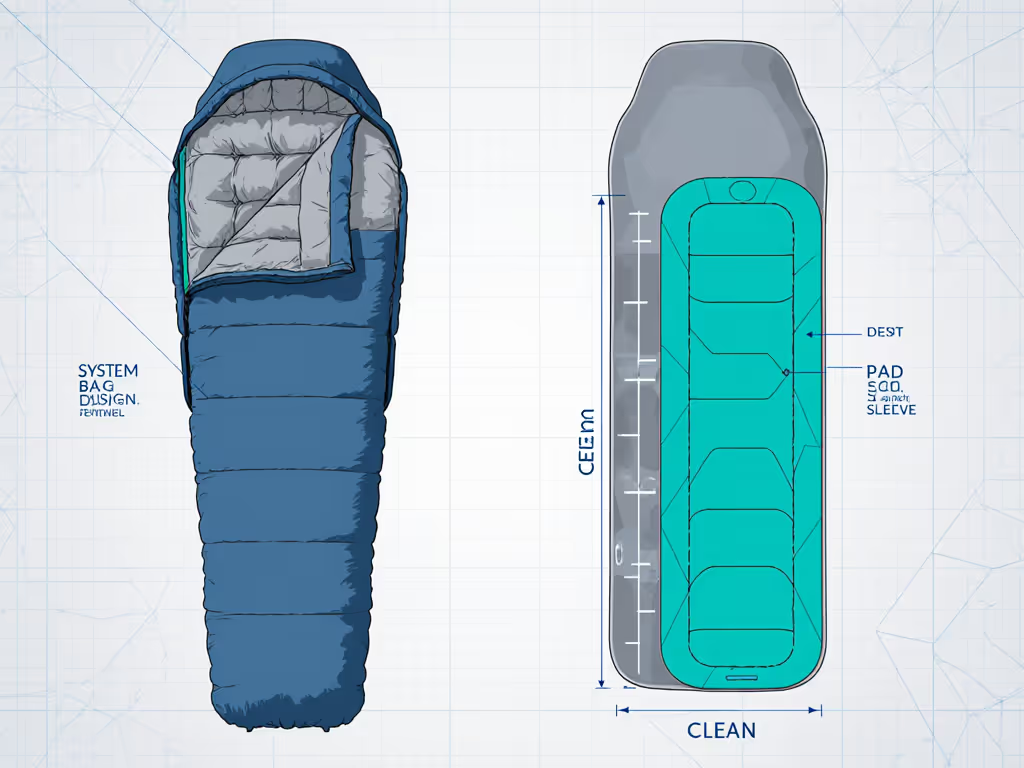
Here's the cold reality only spreadsheet nerds appreciate: Your pad's R-value matters more than your bag's temperature rating below 40°F. A 20°F System Bag paired with an R-value 2.5 pad fails faster than a 30°F traditional bag on an R-value 4.5 pad. Why? Because the System Bag's entire lower warmth depends on the pad. Traditional bags? They have some crushed insulation acting as a feeble backup. But that "backup" is why you're hauling extra ounces. Compact sleeping bag claims mean nothing if your pad's R-value is mismatched to the conditions. Do this cost-per-night math: A $220 System Bag + $150 R-value 4.5 pad beats a $180 traditional bag + $80 R-value 2.0 pad when temperatures drop. The cheaper setup fails 3-4x faster per night, spiking your true cost-per-night.
Traditional Bags: Where They Still Shine (and Fail)
Don't dismiss traditional mummy bags entirely; they solve specific headaches. If you're hammock camping, a full-coverage bag (like Big Agnes' Sidewinder SL) wraps insulation under you where pads don't reach. Side sleepers with broad shoulders? Traditional bags often have more room to flip without the bag resisting movement (a real complaint in Bike Forums). If you sleep on your side, see our side sleeper sleeping bag guide for fit tips and bag picks. Opening the zipper wide for ventilation on sweaty nights? Easier without a pad sleeve constraining motion.
But their fatal flaw for ground sleepers? Target sleeping bags rarely address the pad-bag interface. You'll spend restless hours wrestling with:
- The slide-off: Rolling to your side, then waking on cold ground as your pad shifts
- Noise friction: Fabric-on-foam rustling all night from micro-movements
- Caloric tax: Carrying 2+ pounds of insulation that does nothing but strain your shoulders
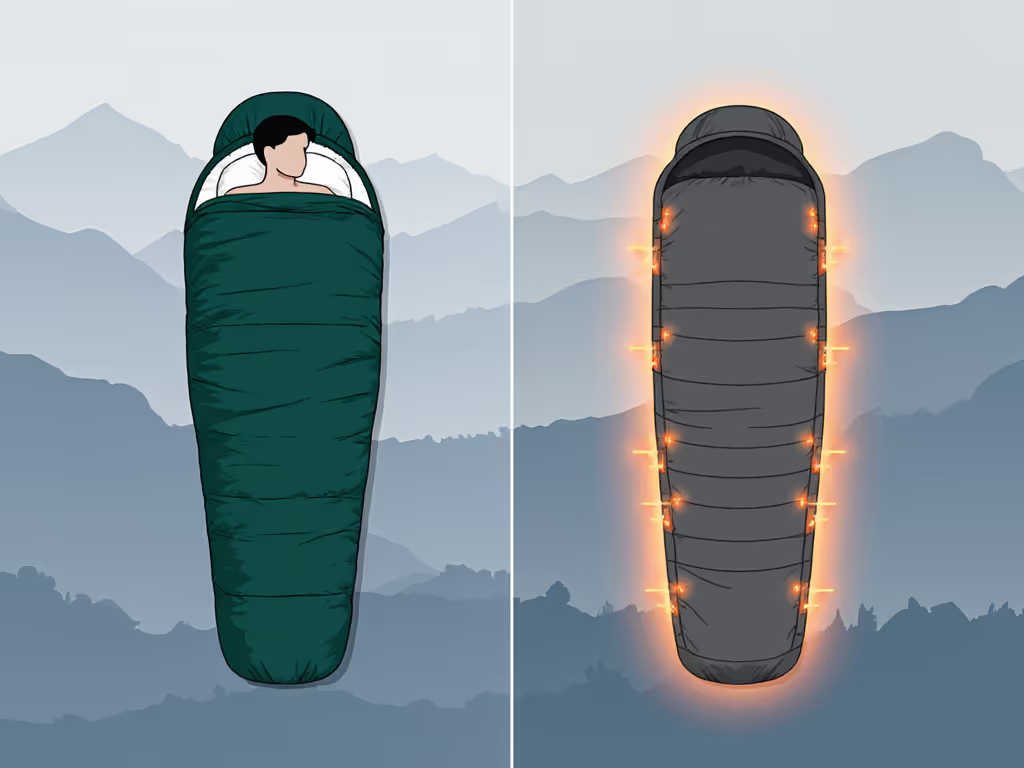
Women and cold sleepers get hit hardest here. Many "unisex" traditional bags taper too tightly at the chest, compressing insulation where women need extra warmth. System Bags often offer better tailored fits (like the Roxy Ann 3N1's women-specific cut) because they ditch the dead lower insulation, freeing design space for strategic fill distribution. Yet traditional bags win for versatility: fully unzip one for a quilt on warm nights. Most System Bags can't do this safely, their insulation stops where the pad sleeve begins.
The Failure Points No One Talks About
Reliability isn't about shiny materials; it's about where heat escapes silently. Track these red flags in any system:
- GREEN FLAG: Pad sleeve adjusts via webbing straps (e.g., Lost Ranger 3N1's Cinch Sleeve). Lets you fine-tune pad width without gaps.
- RED FLAG: Slippery pad fabrics (like some CCF pads) in non-elastic sleeves. Causes nightly shifting and cold streaks.
- RED FLAG: Zippers crossing pad sleeves. Snags guarantee repair costs (Big Agnes' offset zippers avoid this).
I've repaired dozens of bags where moisture wicking failed at the footbox. Traditional bags often use hydrophobic liners only on top fabric, ignoring how ground moisture creeps up. System Bags? Since they're pad-locked, Big Agnes typically applies DWR treatments throughout, reducing clamminess. But synthetic System Bags (like the Dream Island) still absorb more moisture than down in humid coastal trips, a critical factor for east-coast backpackers. Planning humid coastal trips? Our coastal camping sleeping bag guide covers fabrics, DWR, and moisture management that actually matter. Always run the repair vs replace framing: A $50 patch on a $300 bag beats $180 for a new "cheap" bag that fails faster.
The Final Verdict: When to Choose Which System
After 12+ years tracking cost-per-night math across 200+ real trips, here's your verdict:
🟢 Go Big Agnes System Bags IF:
- You sleep on the ground (not hammocks)
- You're a restless or side sleeper (prevents pad-sliding)
- Your budget allows one high-R-value pad (R-value >= 4.0 for 3-season)
- Conditions vary (3N1 System Bags like the Lost Ranger add layering flexibility)
- Weight matters (shaves 12-24 oz vs same-rated traditional bags)
🔴 Stick With Traditional Bags IF:
- You hammock camp
- You prioritize zero-restriction movement (e.g., chronic pain)
- You only own a low-R-value pad (R-value < 3.0)
- You need quilt functionality on warm nights
- You're car camping where weight isn't critical
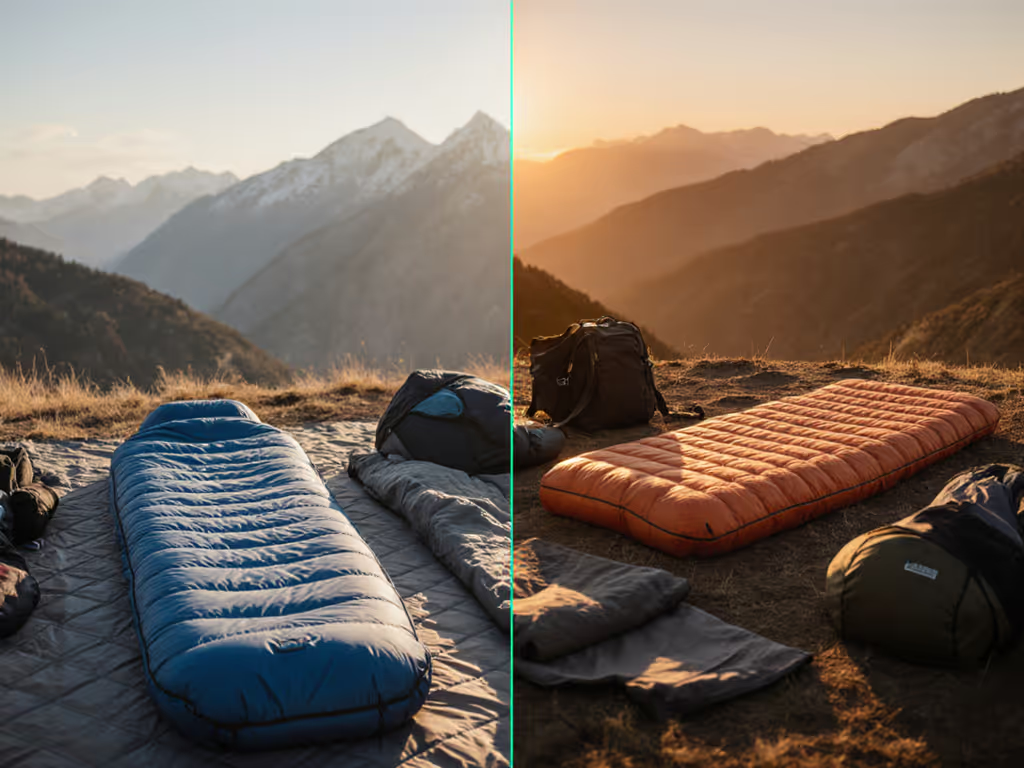
Here's the hard truth no gear review admits: Price-to-warmth analysis always circles back to your pad. A $150 System Bag paired with a $120 R-value 5.0 pad outperforms a $250 traditional bag on a $60 R-value 2.5 pad in all but the warmest conditions. Spend where failure hurts: your pad's R-value and fit, and save where it doesn't, the crushed insulation traditional bags force you to carry. Track warranty support (Big Agnes' lifetime warranty covers seam repairs) and prioritize repairable fabrics. For brand policies and repair options, see our sleeping bag warranty guide. For most ground sleepers, System Bags deliver true reliability: lighter packs, stable warmth, and nights where you wake up refreshed, not shaken. That's not innovation; it's buying sleep instead of gambling on it.

